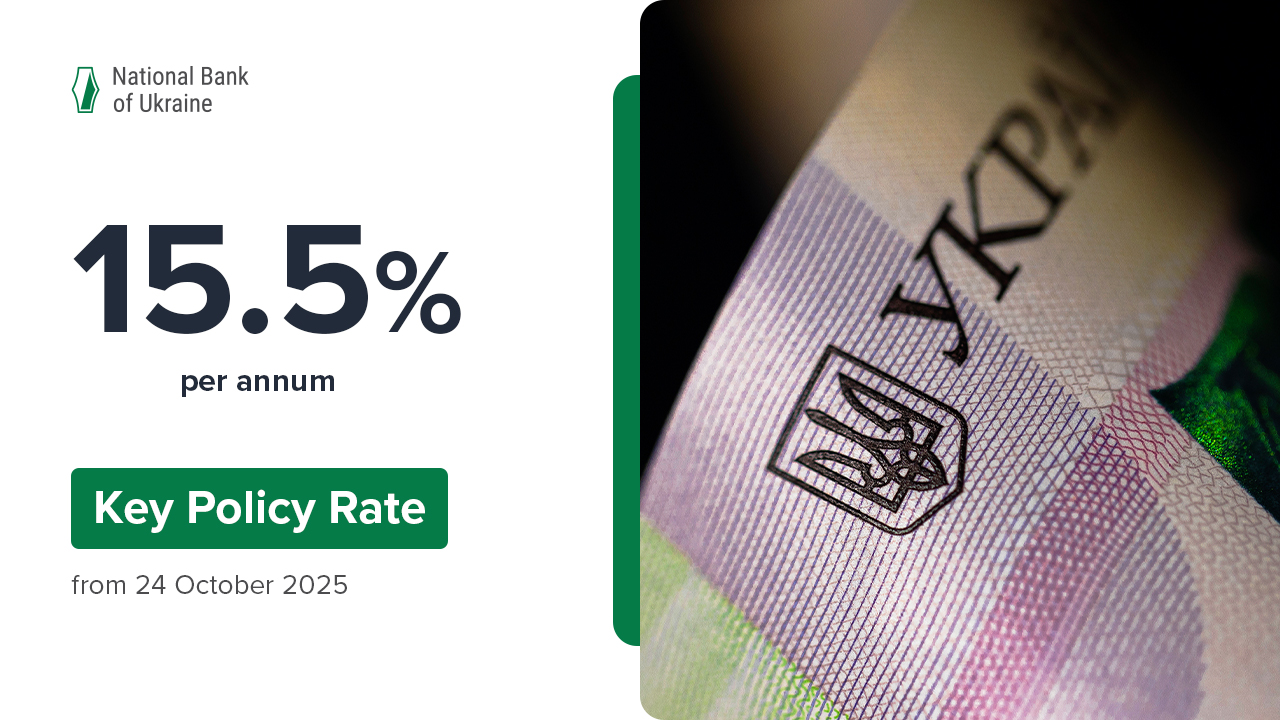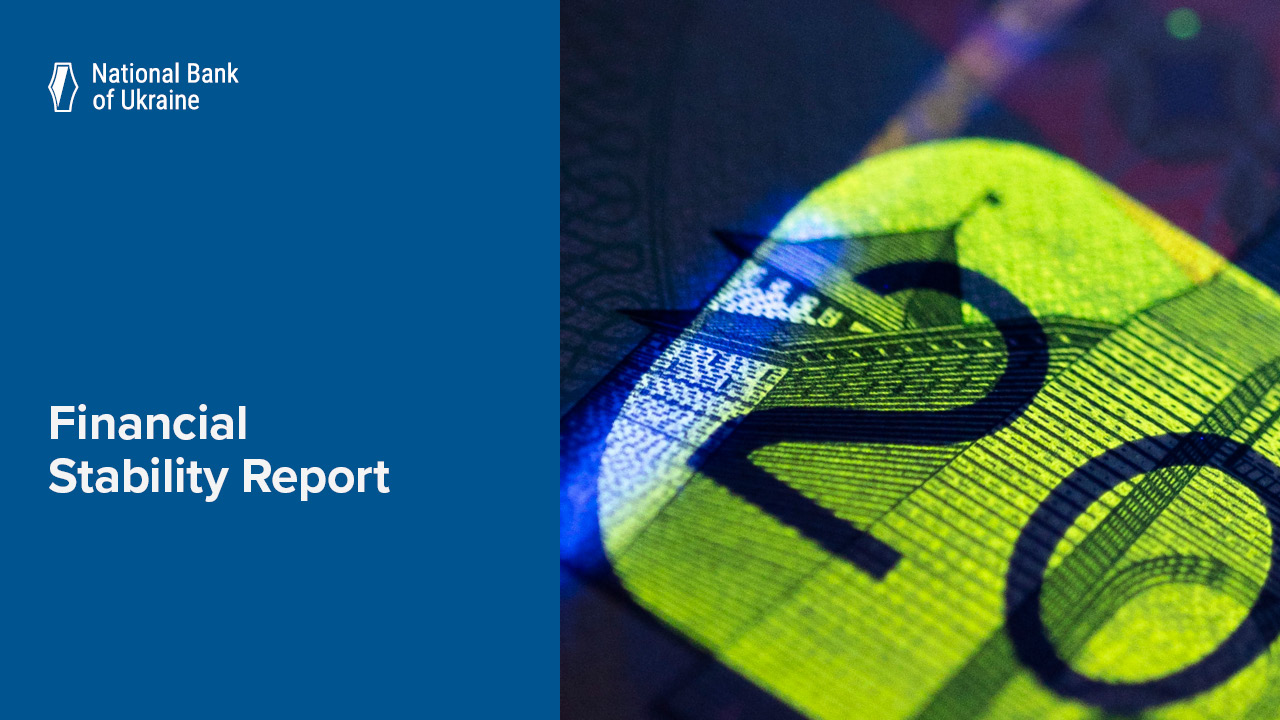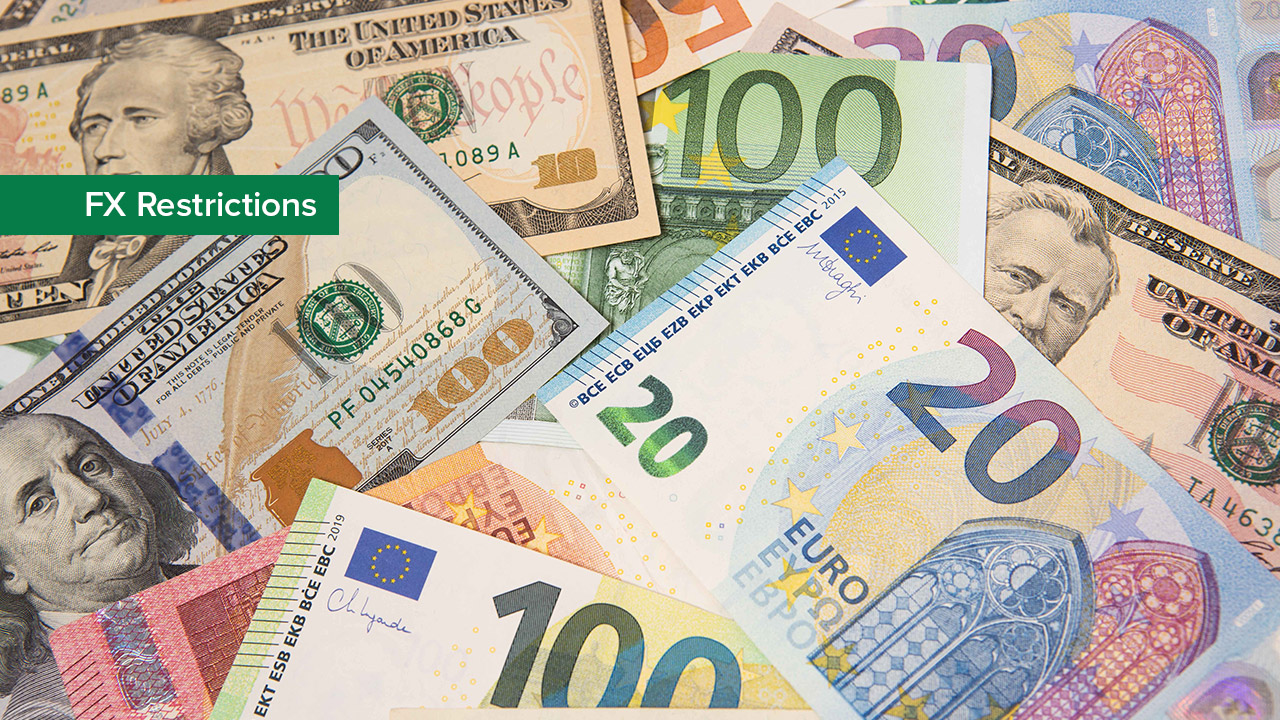Data released by the State Statistics Service of Ukraine suggest that consumer prices have been on the decline for the third month running in August 2016. In monthly terms, deflation stood at 0.3%, while annual headline inflation accelerated to 8.4%.
The annual inflation reading was anticipated and was in line with the NBU’s forecast published in the Inflation Report (July 2016), which foresees a return of inflation to 12% y-o-y by the end of 2016.
At the same time, annual core inflation continued to decline (to 7.4%), pointing to an easing of inflationary pressures, supported by the exchange rate appreciation observed in March-July, further improvement in inflation expectations, and subdued demand.
The decline in core CPI inflation and a further decrease in raw food prices contributed to the monthly deflation in August.
- Core CPI fell by 0.3% m-o-m. The fundamental factors contributed to a further decline in prices for vehicles, pharmaceuticals, medical supplies and equipment, as well as audio, photographic, and information processing equipment. These factors, reinforced by seasonal effects, contributed to a further decline in prices for clothing and footwear (by 3.3% m-o-m).
- Raw food prices fell by 2.0% m-o-m in August, primarily reflecting a further reduction in prices for “borshch vegetables”, as well as certain types of fruits. The fall in prices is attributed to a high supply of fruit and vegetables, including a seasonal expansion of domestic fresh produce.
- Administered prices and tariffs rose by 1.0% m-o-m in line with the NBU’s forecast. As expected, an upward adjustment of utility prices, including cold water and sewage tariffs, as well as housing maintenance tariffs, made the highest contribution to the administrative inflation. In addition, July’s increase in hot water tariffs was further reflected in price statistics (for greater details, see the Inflation Review for July 2016). Price movements for tobacco products and alcoholic beverages were in line with expectations.
- As expected, domestic fuel prices remained virtually flat, having risen by 0.2% m-o-m. Domestic fuel price developments reflected global oil price movements. Although global oil prices showed diverse trends in July-August, on average, changes in oil prices were insignificant last month. Meanwhile, prices for liquefied gas for vehicles rose sharply (by 11.0% m-o-m), reflecting a reduction in imports of this fuel from the Russian Federation and Belarus.






